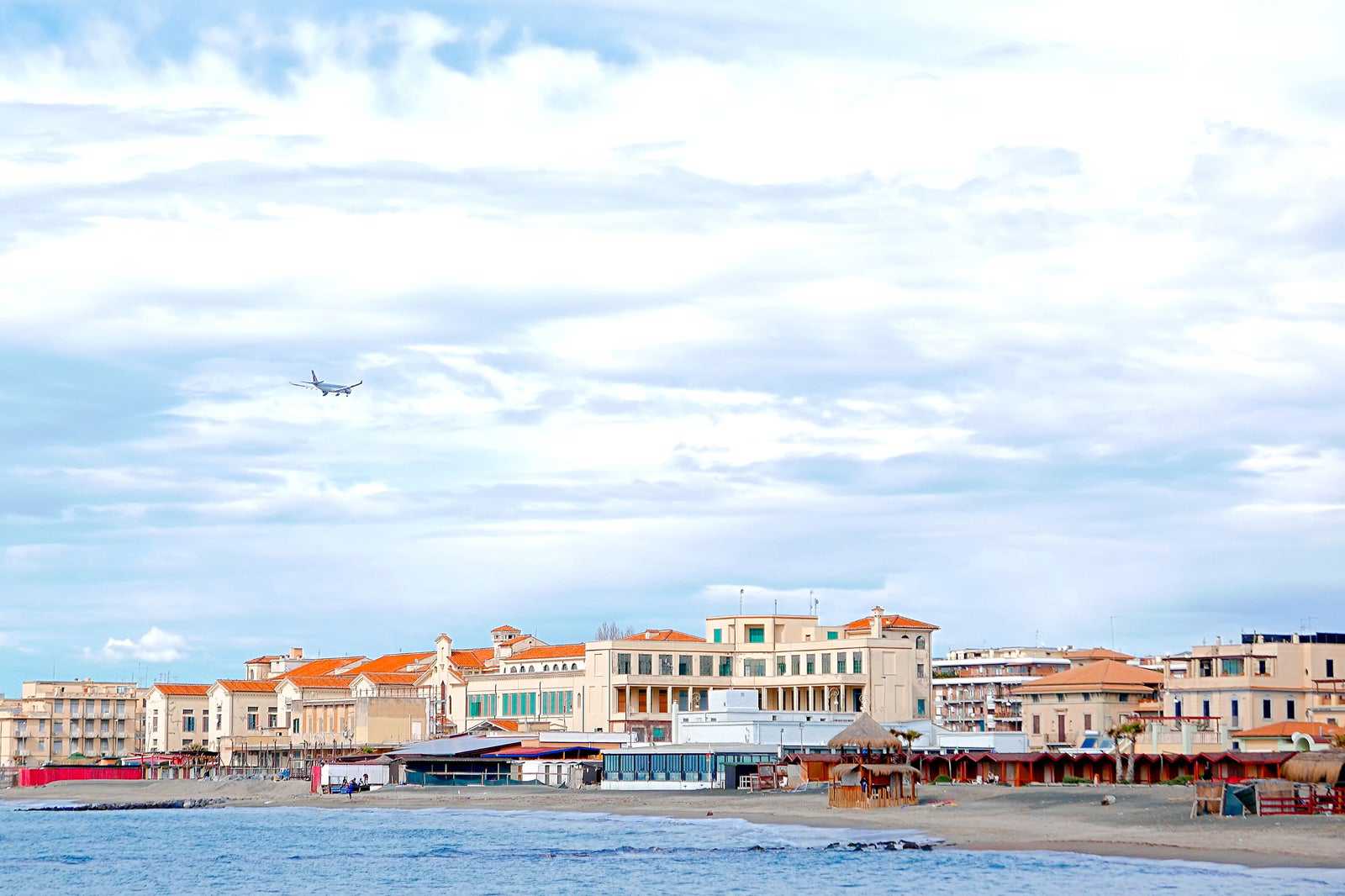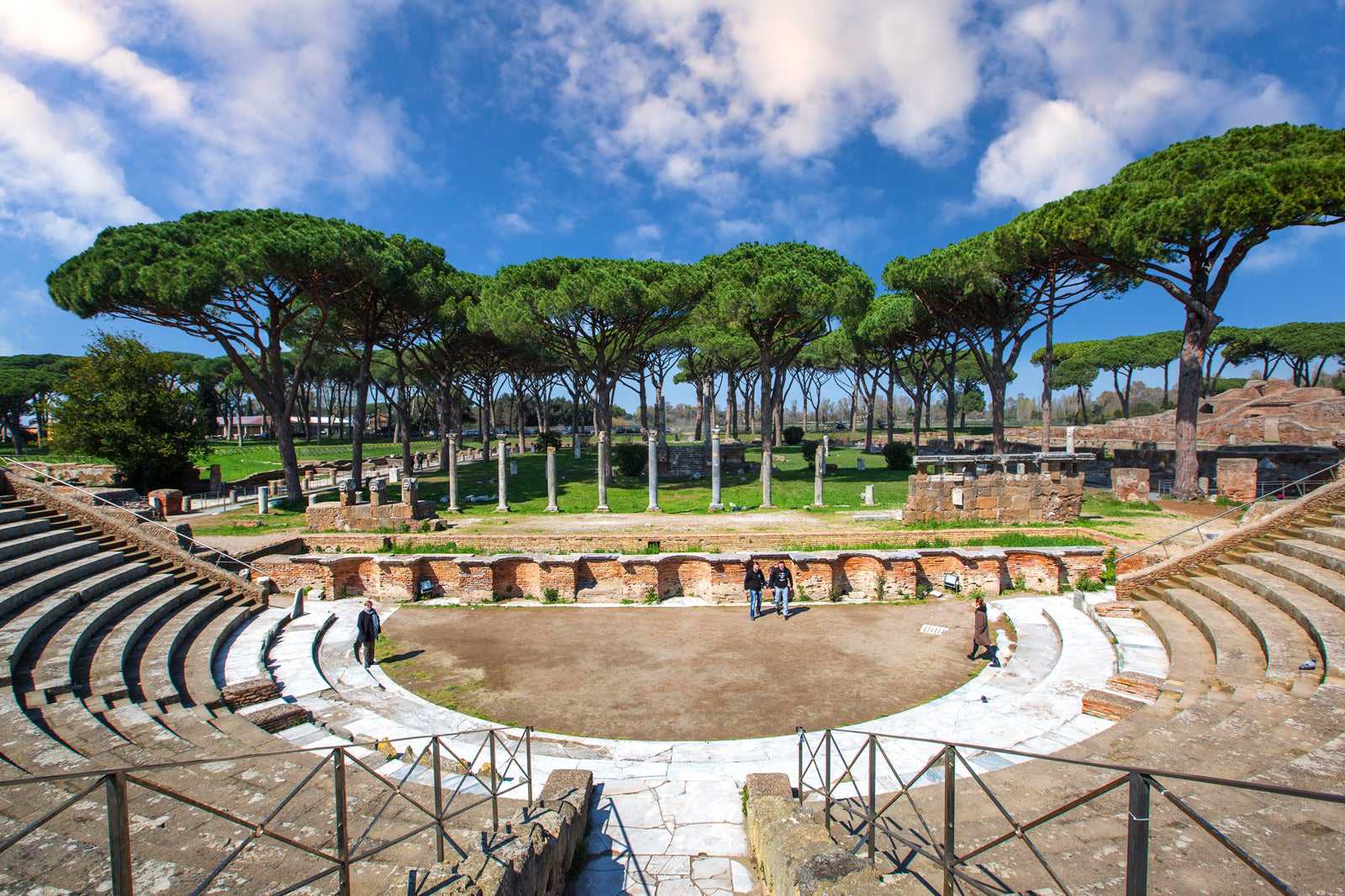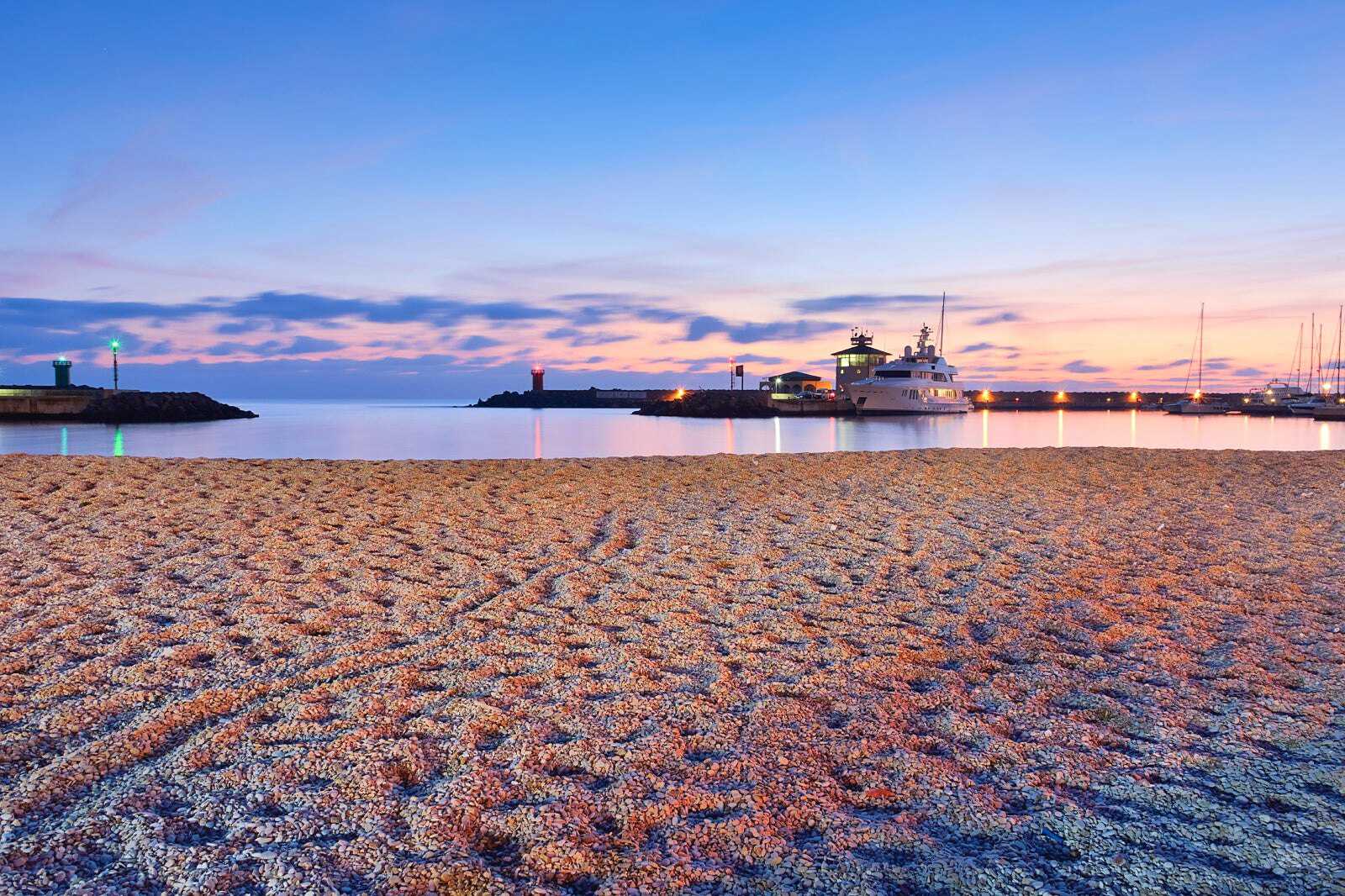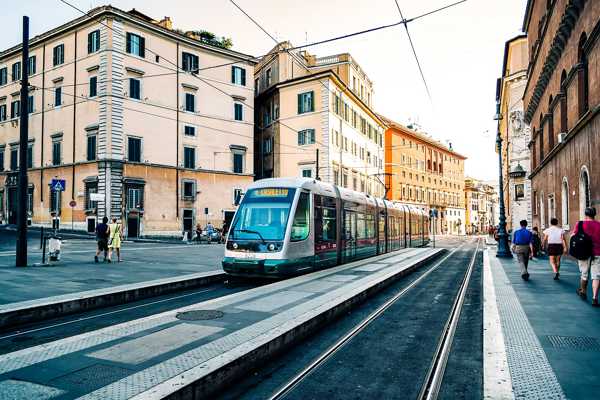Ostia is a sizeable, modern neighbourhood in Rome, Italy, known for its ancient harbours in many of its portside towns as well as ancient Roman ruins. At the head of the Tiber, the location was initially chosen for its proximity to a desirable resource, the salt that could be obtained from salt flats and preserve food such as meats. However, over time, silting has brought the area closer to the sea, although the quality of Ostia’s waters has largely improved.
Ostia prominently features the well-known and well-preserved Ostia Antica archaeological site, which consists of beautifully decorated buildings, elegant frescoes and vast mosaics with dining facilities. In addition, the area maintains art-nouveau-style dwellings at its waterfront. The building of bathing areas and the Leonardo da Vinci Airport after World War II drastically increased the draw for tourism. Ostia is also known for being the location of the death of Saint Monica, the mother of Saint Augustine.
Ostia in Rome - one of the highlights of 11 Most Popular Neighbourhoods in Rome and 10 Best Road Trips Near Rome (Read all about Rome here)

What are the highlights of Ostia in Rome?
Apart from the excavated, open site of Ostia Antica, the area contains a small but excellent museum. The museum is home to a good number of marble statues highly reminiscent of ancient Rome and, more particularly, the designs of the Renaissance. Its portrait busts are modelled after true characters in Roman history, while its statues feature significant characters of religions both local and foreign.
Ostia’s three, unusually large public bath areas show its strong recognition from imperial emperors of Rome. A remodelled theatre performs concerts in the summer months, on the north side of Ostia’s central street Decumanus Maximus. In front of the theatre lies the impressive Square of the Guilds, a critical trading hub for ancient Rome that continues to be used for commerce today. Ostia’s diverse population is, in part, due to its coastal economy and presence of Christian, Persian, Jewish and other establishments.

Where to eat and drink in Ostia in Rome?
Ostia is known for its casual dining along the beach, with many beachside restaurants, bars and cafes. There’s a wide array of cocktails, from the classic to more unusual mixes. The tavern Insula of the Thermopolium provides a variety of wines amongst its traditional Italian selections, with a bar counter, outdoor seating and old paintings that display what used to be offered at the inn. The popular and moderately priced Ristorante Monumento dal 1884 provides Mediterranean seafood by a rustic castle wall, with vegetarian-friendly and gluten-free options. Da Fabio is an Italian steakhouse that offers delivery options.
There’s a food festival in Ostia every summer as well, the La Sagra Della Tellina Festival, which is named for Ostia’s specialty dish of Tellina a Passoscuro. The specific dates for the festival are always announced a few months prior, so there’s plenty of time to plan ahead for your visit.

What else is good to know about Ostia in Rome?
With its one-of-a-kind seaside charms as the only Roman district on the Tyrrhenian Sea, Ostia is a popular choice for local Romans to holiday during the summer, having warmer winters and cooler summers than the center of Rome. There’s an absence of shaded areas, though, so it’s advisable to take sunscreen and a hat.
The easiest way to get to Ostia is a 20-minute metro ride from the Piramide station on the B line, at the Ostia Antica stop. Another way to get to Ostia is the Rome-Lido railway train station through the Roma Porta San Paolo terminal, near the Roma-Ostiense railway station. People generally spend a few hours to half a day exploring Ostia. Ostia is close to the densely populated, lively neighbourhoods of Ostiense, Trastevere, Termini, Testaccio, Prati and Monti. Some of Ostia Antica’s artefacts are kept in the museum of Ostiense.

Ostia in Rome
Konum: Roma RM, Italy


















